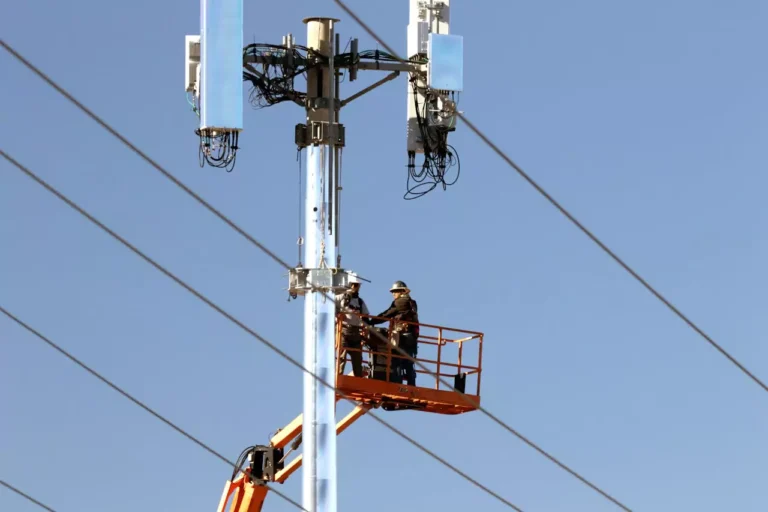
China Uses AI to Replace Massive Railway Bridge Girder, Pioneering Smart Construction on Active Rail Lines
China has achieved a major breakthrough in railway construction by deploying artificial intelligence (AI) to assist in replacing a massive bridge girder—a first-of-its-kind application on an operational railway line. The innovative method was used to precisely position a 4,000-ton steel box girder in Shaoxing, Zhejiang province, marking a revolutionary approach to modernizing the country’s aging railway infrastructure.
The project is a key component of the new Keqiao Station on the Shaoxing Intercity Railway, which connects seamlessly to the main Xiaoshan-Ningbo line. This elevated station is a landmark project, distinguished as the first of its kind to be constructed directly above an active railway. The location posed significant challenges, as the team had to manage construction on a busy trunk line while maintaining uninterrupted train operations. One of the most daunting tasks was moving the enormous girder into place—pushing it 21 meters with only a 10-centimeter clearance on each side, a feat nearly impossible to achieve using conventional methods.
To overcome these challenges, the China Railway Construction Corporation (CRCC), in collaboration with several universities, developed a suite of specialized equipment, including an AI-powered synchronous jacking system. Often described as the “intelligent brain” of the operation, this system leverages digital twin technology to create a 3D virtual model of the site. Equipped with 40 high-precision sensors, it continuously collects real-time data to monitor the girder’s position with millimeter-level accuracy. This enables intelligent calibration and automated control throughout the process, ensuring the girder is moved safely, accurately, and swiftly, all while minimizing disruptions to train services.
The AI system is structured around three core modules: Perception, Simulation, and Control. The Perception module functions as the system’s eyes, employing advanced technologies such as fiber gratings and Beidou satellite navigation to track the girder’s movements and prevent any deviation from the intended trajectory. This real-time monitoring ensures that even minor errors can be immediately detected and corrected.
The Simulation module allows engineers to rehearse the entire operation in advance. By modeling the complex movement of the girder in a virtual environment, potential issues can be identified and addressed before actual implementation. This proactive approach reduces risk, improves efficiency, and provides confidence that the operation will proceed smoothly.
Finally, the Control module orchestrates the entire process in real time. Using sophisticated algorithms, it simultaneously manages 36 lifting jacks and 10 pushing jacks to achieve a flawless “seamless fit” of the new girder. This automated system not only ensures structural precision but also dramatically accelerates construction while maintaining the highest safety standards.
CRCC’s deployment of AI in this project highlights the company’s commitment to integrating cutting-edge technology with traditional construction methods. By harnessing large AI models and smart systems, the company is transforming conventional operations across the construction sector. Applications now include smart recognition for site monitoring, intelligent jacking systems for moving heavy components, and automated monitoring and warning systems to ensure safety and efficiency at all stages of a project.
This landmark achievement in Shaoxing demonstrates how AI can redefine engineering possibilities, allowing for precision, speed, and safety in scenarios that would have been prohibitively difficult using conventional methods. As China continues to modernize its railway infrastructure, the successful use of AI for girder placement may set a global benchmark for how advanced technology can be integrated into large-scale construction projects.
By combining human expertise with artificial intelligence, CRCC is not only enhancing operational efficiency but also establishing a new standard for smart, data-driven infrastructure development in the 21st century.






